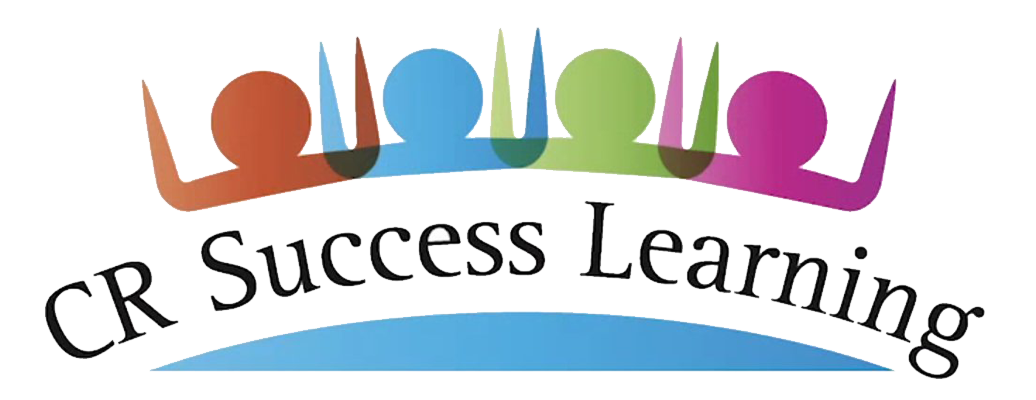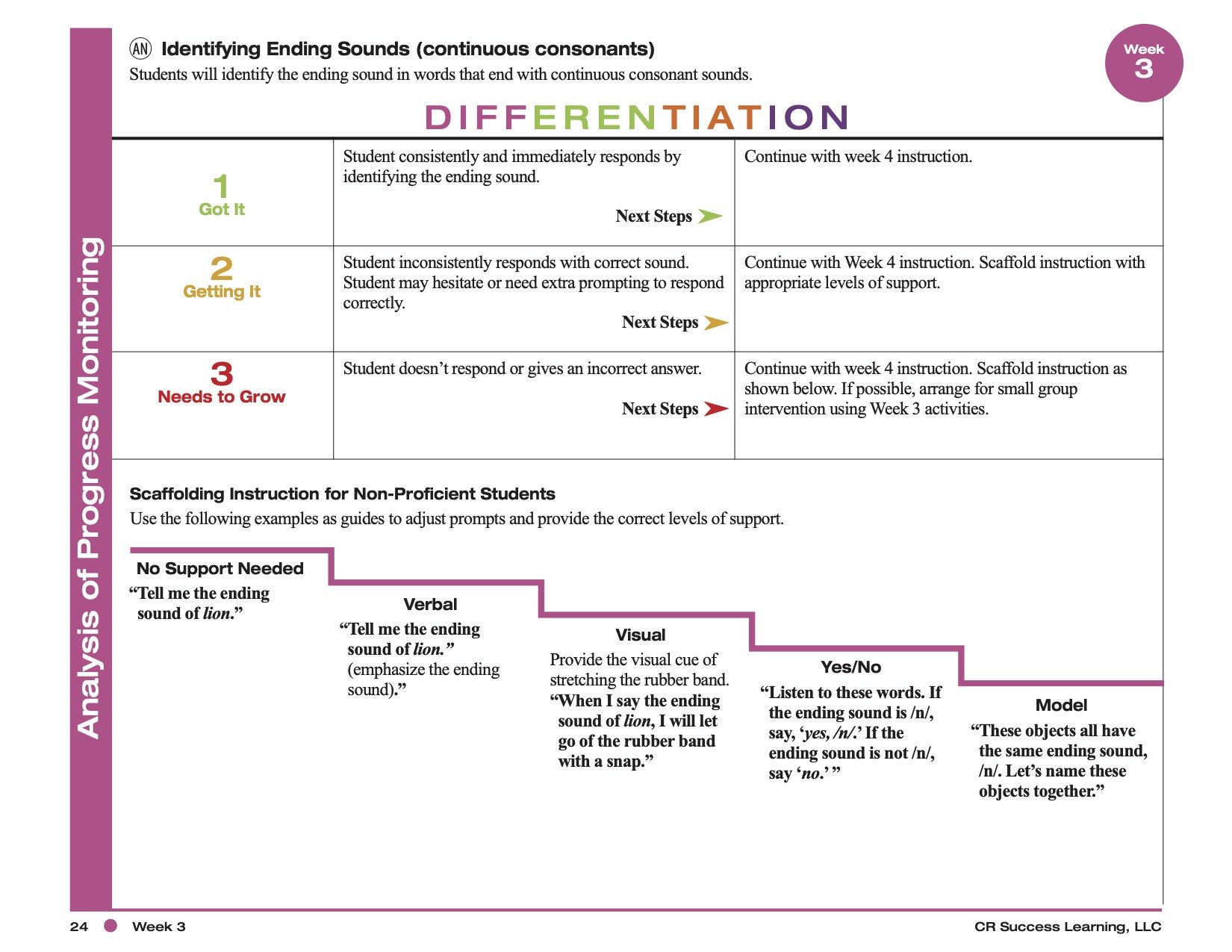🔎 Assessment Part 1: The Science of Reading
In Focus 🔎 Formative Assessment
What is Formative Assessment and Why Does It Matter for Reading Instruction?
Definition and Major Finding
“Formative Assessment is a purposeful process that provides teachers and students with descriptive feedback concerning students’ literacy skills.” (IRA, 2013)
“Curriculum-Based Measurement (CBM) is an approach to formative assessment that measures student academic growth along with evaluating the effectiveness of instruction in the classroom.” (Deno, 1985)
Curriculum-based measurement is characterized by frequent informal testing (once a week at least) and a direct connection to what has been taught. Formative assessment, which includes CBM, is often referred to as progress monitoring.
In this post, we’ll take a closer look at the research behind formative assessment and explore how these concepts are built into CRSL’s materials, supporting teachers with tools that align instruction and progress monitoring.
How often should we assess student progress?
““CBM progress monitoring uses assessments that are short in duration, easy to administer and score, and given once or twice weekly.” ”
💬 The Science Says:
“CBM progress monitoring uses assessments that are short in duration, easy to administer and score, and given once or twice weekly.” (Stecker, 2023)
🟨 Our Approach:
All CRSL programs provide regular progress monitoring tools that can be quickly administered and scored.
What should progress monitoring measure?
💬 The Science Says:
“Depending on grade and skill level, CBM assessment content represents critical literacy skills, such as letter sounds or high-frequency words, or the scores represent a general outcome such as the number of words read correctly in passage in one minute.”
🟨 Our Approach:
CRSL’s progress monitoring assessments focus on essential skills that are predictive of reading achievement. For example, in First Steps, phonemic awareness, sound-sound symbol associations, T.R.I.C.K.y words (sight words) and decodable CVC words are assessed.
Why is progress monitoring important?
💬 The Science Says:
“Progress monitoring provides valuable data points that help us track individual student growth and make date-informed instructional decisions. The ability to monitor progress is essential to ensuring that students are making the desired academic gains. By continuously assessing student progress and analyzing the results, we can refine our strategies and tailor our interventions.” (Core Learning Blog, Oct.18, 2023)
🟨 Our Approach:
Assessment’s value is in guiding learning. With each assessment, CRSL provides ideas for next steps. Recommendations for Differentiation are given. A Scaffolding Staircase allows the teacher to adjust instruction by modifying prompts and levels of support.
What do we mean by Scaffolding Staircase? Here is an example from our First Steps teacher’s manual. This shows a Scaffolding Staircase for the skill of identifying the ending sound in words that end in continuous consonant sounds. Teachers can move up or down the scaffolding staircase by increasing or decreasing the amount of support.
How does progress monitoring improve learning?
💬 The Science Says:
“Research has demonstrated that when teachers use CBM to inform their instructional decision making, students learn more, teacher decision making improved, and students are more aware of their own performance.” (Fuchs, Deno, Mirkin, 1984)
🟨 Our Approach:
CRSL recognizes that reading instruction is enhanced when formative assessment is linked together with specific recommendations for instruction. (See an example of recommendations with the Scaffolding Staircase above.) This creates the type of instruction that is advocated by many researchers.
“It is clear that reading instruction should be dynamic rather than static and should change depending on what the child already knows and needs to learn to advance further.” (Connor et al. 2009; Grigorenko, 2009; Vaughn & Fuchs, 2003)
Final Thoughts: In education, there is the theory and then there is the reality. How can teachers effectively progress monitor their students without taking time away from instruction? CRSL directly addresses this question by providing assessments that are part of the curriculum. Structured tests, such as word reading, letter-sound tests, etc., are provided. We also give ideas for anecdotal notes, observation techniques, and informal measures.
Next Up: How does Formative Assessment play out in real classrooms? In part 2, company president Cheryl Rose Campbell talks with teachers, offers insights and gives suggestions for using formative assessment for learning. Let’s get practical and move on to Conversations with Cheryl.
This post is a part of our In Focus series, timely writings for educators, addressing concerns and solutions for today’s changing educational climate.



